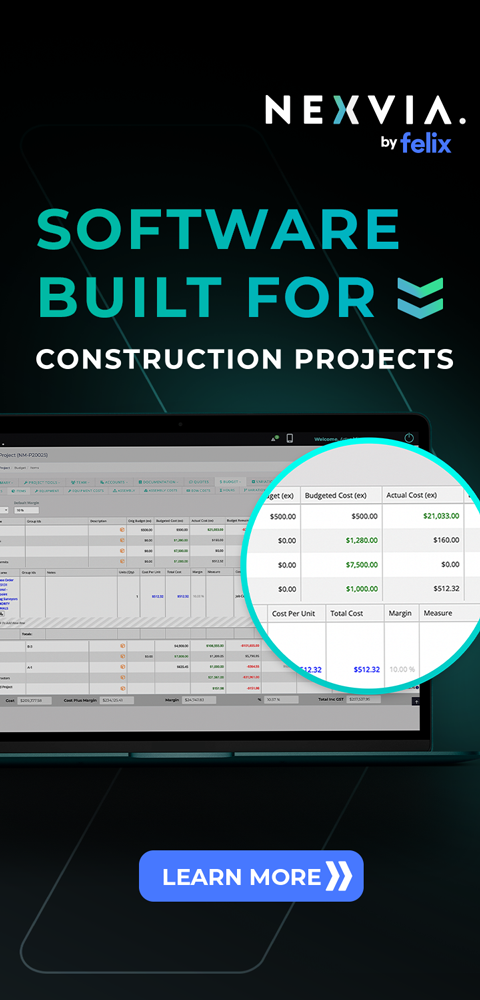Fleet management is vital for the safe operation of plant and equipment for hire. With routine inspections, maintenance, and scheduled repairs, fleet management helps ensure your machinery is in good working condition.
When it comes to managing your fleet, you can either choose to outsource from a company that specialises in fleet management or manage your fleet with a trained in-house team. There are pros and cons to both ways, you just have to choose which way will work best for your business.
If you still don’t know which way is better for your company, here are the pros and cons of both outsourced and in-house fleet management to help you decide.
Outsourced fleet management
| Pros | Cons |
| Technicians are well-trained on the latest technologies | There's reduced quality control |
| They present fixed cost agreements | Companies tend to mark up parts and services |
| Maintenance work are within the warranty specifications | Possible extended downtime for your machinery |
| Utilisation of expensive computer programs and diagnostic equipment | Some unnecessary repairs might be done to your machinery |
| Emergency roadside repair services are offered | |
| Fleet maintenance is their company's core business | |
| Your capital investment is reduced |
In-house fleet management
| Pros | Cons |
| Costs can be monitored | Technician training costs are high |
| Maintained quality control | Your company's focus can be driven away from its core business |
| Services procedures can be customised to your specifications | There's a need to invest on inventory for on-hand parts |
| Vehicle turnaround is quicker | Added cost for facility and human resources for fleet management |
| Costs for parts are lessened | |
| Technicians are familiar with your equipment/vehicles | |
| Unlimited access to maintenance records |
Do you agree with the pros and cons listed above? Share your thoughts in the comments section below!
Find out how you can organise and efficiently manage your business, fleet or daily tasks with a Gantt chart by downloading out free guide and template below.
Author's note: Information on this post was sourced from Fleet Soft

Related Articles

Increase site safety with traffic management plans
Due to traffic in and around construction sites, traffic management plans have become one of the major solutions to worksite safety issues. Traffic in construction includes all motor vehicles as well as human traffic - pedestrians and workers alike.

How to manage the new generation of construction workers
Just as previous generations have contributed to the industry, the current generations have and will too. In fact, millennials will soon overtake the baby boomers as the largest portion of the workforce. So just who are the millennials? And how are they different from preceding generations of construction professionals?

5 project management tips for new construction managers
Managing a construction site takes a lot of work and it could be overwhelming for someone who is fairly new to the industry. As a construction manager, you are responsible for managing a portfolio or projects, communicate effectively with operational teams, engage stakeholders, manage site managers, undertake quality management and assurance and most importantly, ensure the project is running on time and within budget.
Get the latest project news
- updates on Australia's pipeline of state and federal projects
- fresh contract awards from major contractors and builders
If you're looking to contact us about other matters, please contact us.



